Current Trends of Cationic Coating Formulations, Production Methods and Apparatus Upon Formable Sheet Metal
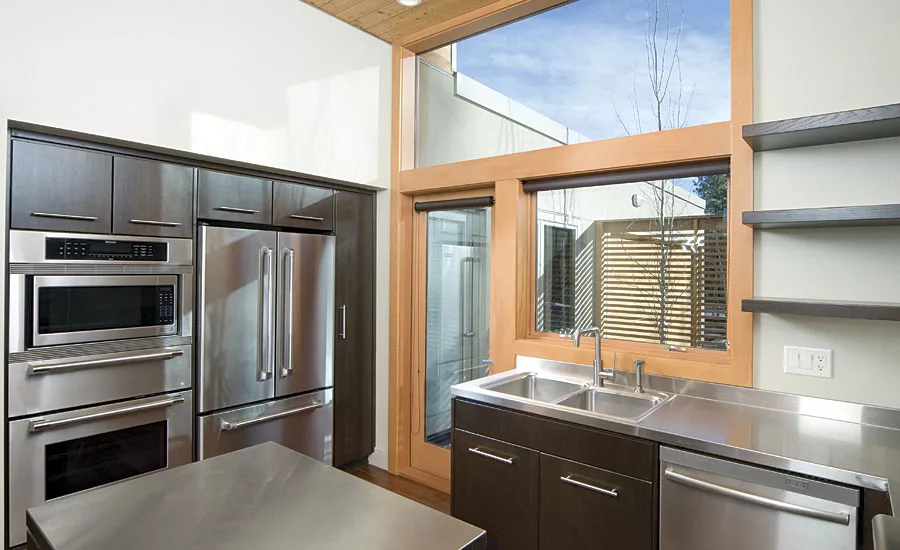
In 1795, the government of France, under Napoleon Bonaparte, offered a 12,000 Franc prize for a solution to preserving food for France’s army and navy. In 1809, Nicolas Appert won the award by preserving canned food through sterilization. On August 25, 1810, King George III of England granted a patent to British merchant, Peter Durand for the invention of preserving food using tin cans (Figure 1). In 1818, Peer Durand introduced the first tin-plated steel cans to America, and in 1819, Thomas Kensett, Sr. and Ezra Daggett of England introduced canned fruits, meats, oysters and vegetables in New Yok City.
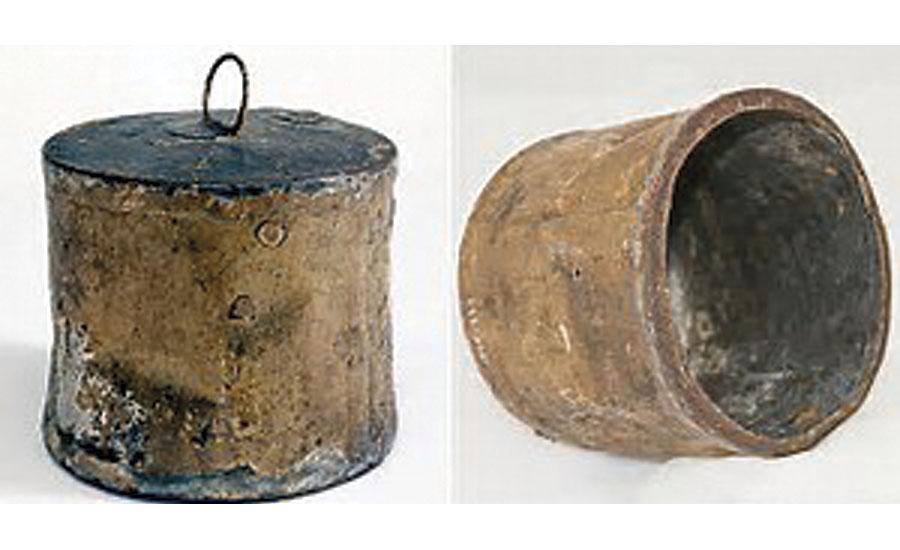
FIGURE 1 » An early tin can.
In the 1820s Rear Admiral Sir William Edward Perry’s two arctic expeditions pursuing Northwest Passage routes used canned food for their provisions. In 1825, Kensett patented tin-plated steel cans in America. In 1847, Machine-Stamped Tin Can was patented with the pendulum press – a die allowing a metal can end to be manufactured in a single operation, increasing can production ten-fold, from five to six per hour by hand to 50-60 per hour by machine. Gail Borden received a patent for the process of condensing milk by vacuum in 1856 (Borden’s Condensed Evaporated Milk, Figure 2), and its unique packaging continues into present day (Nestlé Carnation Evaporated Milk).
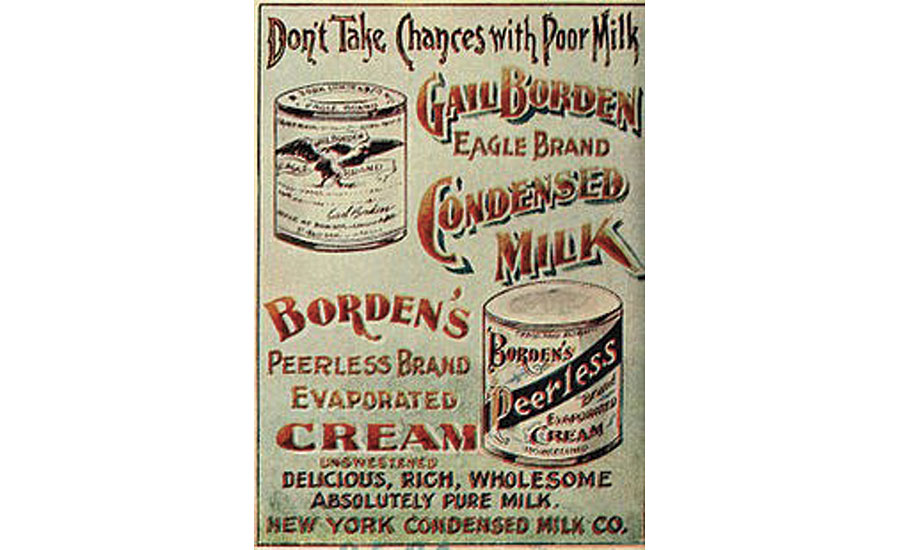
FIGURE 2 » An early Borden’s condensed evaporated milk poster.
Cold-rolled steel sheet, tin plated for corrosion resistance, was the earliest production steel can protective coating method due to availability and soldering ability of tin for steel end-cap stampings. This was replaced with bisphenol A epoxide for steel and aluminum can protective linings and subsequently replaced by a variety of industrial coating alternatives – more commonly novolac or aliphatic epoxies, primarily but not exclusively for food and/or beverage metal substrate container use (Figure 3).
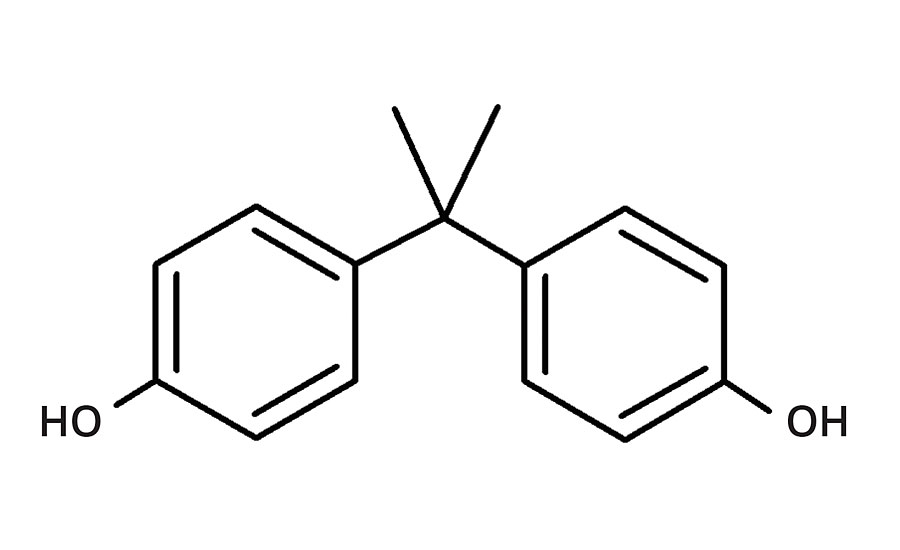
FIGURE 3 » Chemical structure for bisphenol A.
Two-part epoxy industrial coatings were further developed for metal substrate can or container use, primarily fabricated, stamped, bendable and/or formable sheet steels. These tough, protective, nonporous industrial coatings offered excellent hardness for food, industrial and automotive applications due to the epoxies’ greater heat resistance over conventional latex and/or alkyd-based coatings, but remained susceptible to UV deterioration, resulting in “chalking”.
Metal cans and containers used for storage of acidic foods, highly polar solvents and/or hydrocarbons may also use fatty acid-reacted epoxies to yield epoxy-ester industrial protective coatings.
Polyester epoxies are commonly used in powder coating of sheet steel appliances, other white goods and many high-volume and/or high-value consumer products from sheet steels.
Crosslinking epoxies with phenolic are commonly used for coating 55-gallon steel drums or with amines for high-performance industrial clear and/or opaque decorative top coats. This includes solvent-free formulations premixed at heated-head airless spray gun applications where coating cure time is at a premium and/or high industrial coating thicknesses are specified for aluminum or steel substrate protection in truly hostile environments, such as aircraft airframes, maritime containers and sea-going vessels, large-diameter steel or concrete piping, bridge structures, concrete highway, high-speed induction train support or airport runway and taxiway rebar/joints/cables, deep sea drilling platforms, and the like.
Materials, Methods and Apparatus
Industrial coating formulations, methods of application and apparatus dedicated to high-volume production coating of metal substrates have generally met the challenges of:
- Lowered overall manufacturing processing costs;
- Increased processing throughputs;
- Improved quality and global availability of advanced industrial coating formulations;
- Reductions in overall carbon footprints;
- Improvements in UV protection, mechanical and/or functional industrial coating properties;
- Increased galvanic and/or corrosion substrate protection;
- Advancements in water-based, powder and 100%-solids UV or EB energy cure industrial coatings;
- Elimination of toxic metals;
- Raw materials from renewable resources rather than conventional petroleum-based resources;
- Compliance with local APCD – Air Pollution Control District regulations for hydrocarbon emissions through advanced industrial chemical formulations, higher efficiency application methods and/or apparatus, recovery of and/or thermal oxidizing of emissions to meet Federal regulations;
- Reductions in cradle-to-grave hazardous waste materials;
- Availability of the above for OEMs and ODM contract manufacturer global incorporation.
Use of laminated and/or formable sheet stainless steels – electro-polished, brushed, oxidized and/or in combination with colorized sealants – have also been a factor in consumer products across many product categories, but come with separate issues from handling, processing challenges and cost factors (Figure 4).
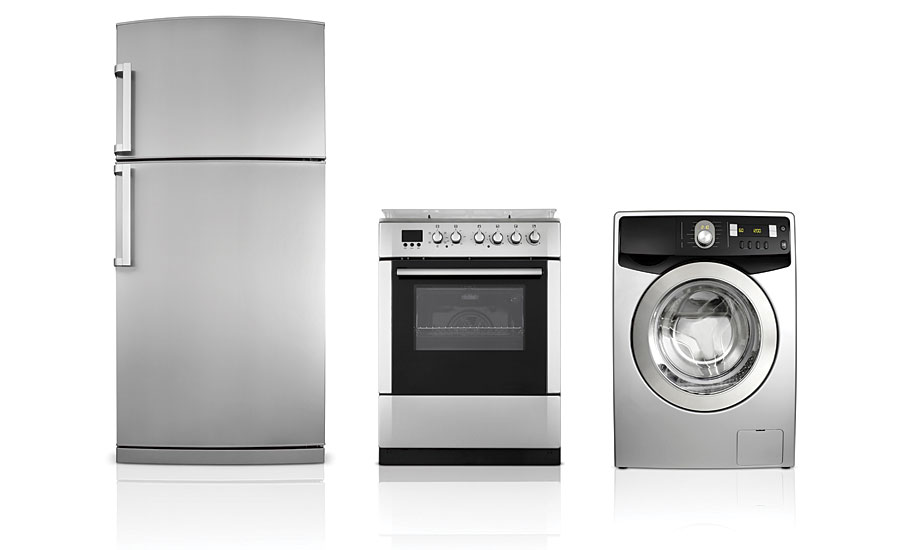
FIGURE 4 » Examples of consumer products that use laminated and/or formable sheet stainless steels.
Several consumer product OEMs such as LG have applied two-dimensional, second-surface print decorated front-facing clear polymer sheet or first-surface printed polymer laminates upon steel or aluminum sheet metal appliance substrates, but are inherently unable to address three-dimensional decorative and functional sheet metal substrate protection and/or fabrication requirements that are readily addressed by current industrial conformal coatings used within the industry upon sheet metal substrates, with nearly no limitations.
Steel mills specializing in galvanic protection by hot-dip galvanizing coil sheet steels supply differing levels of surface appearances for use in consumer products by controlling galvanizing bath chemistry for Spangle reduction and improved surface rheology. Further surface refinements are accomplished by passing galvanized sheet steels through high-compression rollers, improving substrate smoothness and imparting resistance to stretcher stain and fluting – key issues where surface appearance and rheology are factors.
One major U.S. steel mill1 brands galvanized coil sheet steel as Smooth, Extra Smooth and Ultra Smooth, thus allowing use of sheet steel for consumer products having varying sheet steel thicknesses and degrees of galvanic protection that are surface-defect-free for application of industrial decorative coatings. Where in-house coating facilities lack the methods and/or apparatus for coil steel pretreatment processing (i.e., cleaning), a thin, zinc-phosphate coating is applied over galvanized steels to allow direct industrial coating of the coil sheet steels.
Of commercial sheet steels used in moderate forming, bending, stamping and/or fabricating operations, such as of consumer products, the ability of sheet steels to be formed without fluting (stretch strain during forming operations), steels are commonly tempered and have specific tolerances of carbon and alloying metal contents. Where greater forming is desired (extra deep drawing steels), carbon content is reduced along with proprietary steel processing, such as vacuum degassing, and/or addition of titanium, resulting in extra deep drawing steel plus – known as Interstitial Free or I-F® steels.
OEMs currently may incorporate industrial and mechanical designs having features, benefits and advantages of formable sheet steel substrates requiring highly complex sheet metal forming, bending, stamping and/or fabrication operations without hesitation for high-volume and/or high-value consumer products, but then said formable sheet steels require application of industrial conformal coatings for cosmetic decoration or of nongalvanized steels for both decorative and functional galvanic protection, and thus successful marketing and sale of finished consumer product goods at retail points of sale.
Peter Durand’s tin-plated cans, modern kitchen and laundry major appliances, mechanic’s rolling tool cabinets and outdoor home four- or five-burner BBQ grills share one common feature. Sheet metal forming, bending, stamping and/or fabrication operations and subsequent industrial conformal coating operations are entirely separate operations due to their respective materials, methods and apparatus requirements (Figure 5).
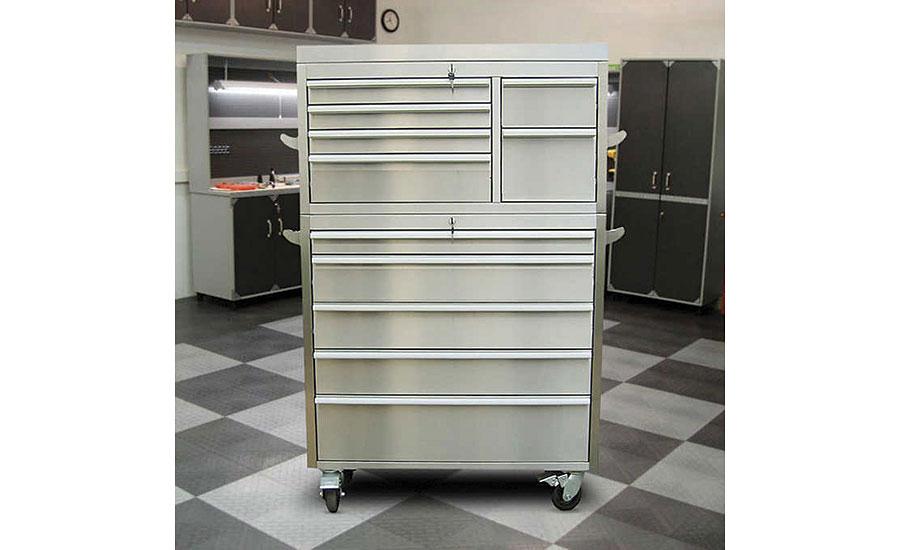
FIGURE 5 » Sheet metal forming, bending, stamping and/or fabrication operations and subsequent industrial conformal coating operations are entirely separate operations for BBQ grills and rolling tool cabinets.
If formable sheet metal could be readily available precoated with industrial coatings of decorative and/or functional nature, sheet metal forming, bending, stamping and/or fabricating operations could produce high-quality and/or high-volume finished sheet metal substrate consumer products or other goods predecorated, ready for final assembly. Noting that sheet metal forming, bending, stamping and fabrication tooling, jigs, processing operations and handling would require adjustments to accommodate Class A finish standards – all entirely possible from sophisticated sheet metal forming, bending, stamping and fabricating operations.
Sheet metal forming, bending, stamping and/or fabricating operations require specialized steels for draw, deep-draw and extra deep-draw processing applications.
What present-day industrial coating formulations are available offering properties of sufficient coating elongation to allow formable sheet steel deep draw forming, bending, stamping and/or fabrication process operations without the applied industrial coating shearing or separating away from the sheet metal substrates of tight-flush roll-over seam edges – ID or OD, corner and/or male/female internal support features? And that additionally maintain full opacity, incorporate latest state-of-the-art mica specialty pigments or colorants without limitation, yet maintain the desired industrial coating properties of gloss retention, UV resistance, hardness, abrasion, scratch and/or mar resistance post forming, bending, stamping and/or fabrication of the intended high-volume and/or high-value sheet metal consumer products?
Herein lies The Holy Grail for industrial coating formulators for steel mills, in-house and/or contract manufacturers of sheet metal forming, bending, stamping and/or fabrication operations processing high-volume and/or high-value steel substrate OEM consumer products – viable production and processing availability of an industrial coating for precoating of deep drawing sheet steels with few or no limitations. Successful outcome requires a combination of the correct materials, methods and apparatus.
Materials
Industrial coatings for coil coating of food or nonfood-grade steel cans and/or containers is a long-mature coating technology available in varied formulations to fit specific methods and apparatus requirements, with on-going new industrial coating formulations, coating component advancements and/or discoveries. Said protective coatings being epoxides or reacted epoxides of some form, either water-based, single- or two-component cure, thermal- or UV-energy cure, or 100% solids, due to epoxide groups’ highly reactive nature, result in very strong but highly brittle cured epoxides that inherently lack capability for elongation and/or flexibility required of sheet metal forming operations, much less passing 180° mandrel bend testing, yielding catastrophic failures.2
Epoxide groups may be readily reacted with one or more anionic catalysts, such as aliphatic, cycloaliphatic or aromatic amines, or with cationic UV or EB energy reactive catalysts such as boron trifluoride, yielding a strong, but still brittle, high thermal- and chemical-resistant polymer. When method and apparatus allow for conformal coating of epoxide group polymers upon substrates such as deep draw sheet steel under UV or EB energy cure, it is cationic UV catalyst, or more commonly, cationic coating.
Formulations combining epoxides with other cationic UV energy cure reactive groups such as, but not limited to, oxiranes and/or oxetanes, polycaprolactone3 and/or polyester polyols as crosslinkers and/or flexibilizers, with reactive diluents such as trimethylolpropane oxetane for viscosity control, result in cationic polymer formulations that improve not only overall hardness, thermal and chemical resistance, but increased abrasion, scratch and mar resistance of a highly flexible and formable industrial coating suitable for use upon deep draw steels.
The author has found UV energy cure of 200 mJ/cm2 should suffice using 150-watt D lamps. Epoxides and other cationic UV energy cure reactive group and/or ligands are hydroscopic, so added measures should be undertaken for production process coating operations during periods of high humidity and/or of high-humidity environs.
Industrial coating material formulations built around UV cationic coating systems offer significant features and benefits over conventional free-radical polymerized acrylates. The author has experienced the following with cationic coating material formulations:
- Superior adhesion to phosphate-coated and/or galvanized deep draw steel per ASTM D-1044-05;
- Low coating shrinkage;
- Outstanding barrier properties;
- Very deep draw formability;
- Gloss retention of over 120 units @ 60°;
- High thermal stability;
- Compressibility;
- No discernable haze loss;
- Pencil hardness of 4H or greater;
- Solvent resistance per ASTM D-5402;
- Scratch and mar resistance @ Scotch Brite® per ISO DIN 53778;
- Abrasion resistance per ASTM D1044-05;
- High surface tactile lubricity;
- Clear, translucent or opaque chromatic colorization and/or effect pigments.
Methods
Any conventional industrial coating application method might be utilized for formable deep draw steels, such as:
- Curtain coat;
- Flow coat;
- Print coat;
- Roll coat;
- Screen print;
- Spray coat;
The most likely candidate for cationic coating application method upon roll-to-roll coil or sheeted deep draw steel is in-line roll coating – allowing for highly controllable industrial coating film thickness sufficient for 100% opacity of all post-forming, bending, stamping and/or fabricated common sheet metal steel gauges used in consumer products.
In-line flow coating is also suitable for cationic coating application upon roll-to-roll or sheeted deep draw steel where higher industrial coating film thickness and/or a more debris-free coating outcome is desired for Class A finishes.
For roll or flow coat cationic coating upon deep draw steels, in-line speeds on the order of ~50+ M per minute are attainable for production processing. It is important to bear in mind that sheet metal forming, bending, stamping and/or fabricating operations will engage forming, bending, stamping and fabricating tools and jigs common to sheet metal process operations that may further smooth applied cationic coating film under high compression pressures and resulting heat generation, further enhancing the surface rheology outcome. In other words – industrial cationic coatings are along for the ride of sheet metal forming, bending, stamping and/or fabricating operations.
Use of sheet metal substrate protective films, proper sheet metal handling and highly polished matching tools and jigs sets are de-rigueur. There are removable protective films specific to sheet metal forming, bending, stamping and fabricating operations, which generally remain intact until final sheet metal assembly or fabrication operations. Precoated cationic coating formed, bent, stamped and/or fabricated sheet metal for consumer products and/or components should be handled and protectively packaged for in-house use or transportation the same as any sheet metal component following application of decorative and/or functional conventional industrial coatings.
Sheet metal department managers and/or sheet metal fabrication businesses may initially voice concerns about having to process cationic precoated deep draw steels with special handling plus the added costs of highly polished and matched tooling and jigs sets. But the added revenue derived from custom specialty tooling and jigs that in all probability means the tooling and jigs plus the OEM steel sheet metal consumer product or component program remains in-house or becomes specific to a given sheet metal fabrication business, results in a win-win for all parties.
Some fundamental features and benefits of incorporating cationic precoated deep draw steels include:
- Transportation costs, packaging and demurrage to process industrial coaters may be eliminated;
- Associated costs from industrial coating defects is reduced to nearly zero;
- Costs of secondary industrial coating is eliminated;
- Cradle-to-grave hazardous material liability and transportation costs of hazardous industrial coatings waste are entirely eliminated;
- Airborne coating VOCs, particle pollutants and all associated costs and liabilities are entirely eliminated;
- Energy costs for drying and/or curing ovens and associated exhaust air handling are entirely eliminated;
- In-line roll and/or flow coating means 100% material transfer efficiency – not 25-30%, from combination of spray gun transfer efficiency losses and overspray footprints required for 100% coverage and opacity requirements;
- No longer would a viable and reliable conformal coating vendor application base be necessary;
- There are literally thousands of capable high-volume and/or high-value sheet metal forming, bending, stamping and fabricating operations worldwide for support of cationic precoated deep draw steels upon consumer products or other components use;
- Proprietary, unique and/or custom decorative coating formulations may be more tightly controlled;
- Cationic precoated deep draw steel can be shipped anywhere worldwide, without limitations;
- OEM prospective new market cosmetic chromatic colors and/or effect pigments or refresh decoration can be easily accomplished or test marketed with the highest secrecy through shipping of cationic precoated deep draw steel samples direct to current sheet metal forming operations and run on current program sheet metal forming, bending, stamping and/or fabrication tooling – 100 or 100,000 units, is all the same;
- Counterfeit and/or fraudulent consumer products may be reduced;
- Overt and/or covert identifiers may be incorporated for fraud prevention and/or consumer product authentication.
Apparatus
In-house cationic precoating apparatus of formable deep draw steel mill operations would be of a roll-to-roll coil web configuration or of a roll-to-sheeted configuration by addition of slitter and automated sheet stacker, albeit roll-to-sheeted configuration would be of a lesser through-put due to the added complexities at stacking and unloading station.
High-volume and/or high-value consumer products specifying cationic precoated deep draw steels will generally specify coil rather than sheeted and stacked steel formats for overall material cost savings, ease of transportation and handling plus near 100% reliability in receiving undamaged sheeted steel materials.
The author can attest to the challenges in receiving sheeted and stacked palletized steels undamaged from transportation incidents and/or mishandling once leaving a steel mill. Coiled steels have an added protective outer steel sheet covering the entire coil surface and exposed sheet metal edges. One just can’t load a steel sheet metal coil onto the bed of a Ford F-150.
Since steel is a highly conductive substrate, in-line process coil steels need to remain earth-grounded, separate to the coating processing apparatus ground to prevent stray electrical charges from attracting airborne debris and/or charged particles. A cationic precoated deep draw steel coated surface will remain a dielectric surface. Plus sheet metal traveling 50+ M per minute will inherently create air flow movement and added possibility of surface debris contamination during processing.
It is highly desirable for in-line roll or flow cationic coating apparatus and preproduction coil steel substrates to be within controlled environments to address airborne debris contamination through proper process air handling design and particle filtration equipment.
Of any specific in-line coil steel roll or flow coat apparatus for cationic coating of deep draw steel, it is also highly recommended that from the station following coil-loading onward through the self-adhesive removable temporary surface protective film laminating station following UV or EB energy cure, the entire coating apparatus coil steel path be further isolated under more stringent environmental conditions to allow for near flawless output of Class A finish cationic precoated deep draw steels to be off-loaded in coil or sheet finished formats.
Since epoxides and other cationic UV energy cure reactive group ligands are hydroscopic, it is advisable to utilize sources of clean, filtered air that are relatively free of water vapor, and/or heated air that is essentially devoid of all moisture and particle matter. To this end, the author has found Can-Am Engineered Products, Inc.4 to be a turn-key solution for clean, high-volume dry air, far superior to conventional air handling systems for clean room-controlled process and production coating environments – thus allowing cationic coating of deep draw steels in the most humid climates and/or high-precipitation global regions, without limitation.
Examples
Household kitchen and laundry major appliances incorporate brushed stainless steels, brushed and oxidized stainless steels and conventional industrial coatings in any variety of colors and texture effects upon formable sheet steels for cosmetic and market branding purposes.
One major global appliance brand has spent considerable time and monies in attempts to move away from galvanized and/or phosphated coil steels to cold-rolled coil steels as a cost-saving measure. It should be strongly noted that industrial coating pretreatment chemistries, processes and equipment used for galvanized and/or phosphated sheet and/or rolled steels are entirely different from that of cold-rolled steels straight from the mill.
Not-withstanding that cold-rolled steels, once entering any industrial coating pretreatment rinsing operation (power spray, curtain coat or immersion), will immediately start flash rusting, and to this end are largely unsuitable for any OEM consumer product.
Household kitchen and laundry major appliance sheet metal forming, bending, stamping, fabricating and industrial coating operations are truly massive in size and scope due to the overall nature and size of appliances, plus major appliances being 4-, 5- or 6-sided sheet metal substrate components. While top-load laundry major appliances generally have separate top and rear sub-component sheet metal pieces, front-load laundry appliances have separate front, bottom and/or rear sub-component sheet metal pieces. Both appliance designs incorporate bends, corners, portals, added fabrication features and/or roll-overs for added hardware and/or subcomponent attachments, with all visible surfaces requiring industrial coating for cosmetic and/or functional purposes. This is a major, multistep manufacturing process of steel sheet metal forming, bending, stamping and fabrication, followed by pretreatment and industrial coating of all major steel components and sub-components, followed by assembly.
Refrigerators, freezers and refrigerator/freezer appliances follow the same general formable sheet metal venue as laundry appliances, but of a much larger scale of complexity due to size and variety of top or cover, front, top-bottom, side-by-side and combined side-by-side with top-bottom door configurations, including new front doors within doors.
The potential features and benefits to a major appliance manufacturer to specify and incorporate cationic precoated deep draw steels within manufacturing, fabrication and assembly operations has near-overwhelming financial implications as highlighted in the above Method bullets.
Major appliance sheet metal department managers and/or sheet metal contract manufacturing businesses, through incorporation of cationic precoated deep draw steel, fulfill a critical key component in fulfilment of forming, bending, stamping and/or fabrication of precoated deep draw steels for high-volume and/or high-value consumer products on a global basis.
Formable sheet metal steel is the substrate of choice for commercial, industrial and institutional HVAC system ducting worldwide. Fresh, filtered exterior air enters though galvanized sheet metal ducting work by ducted intake fans and is distributed as required via HVAC system ducting throughout a structure’s interior (Figure 6).
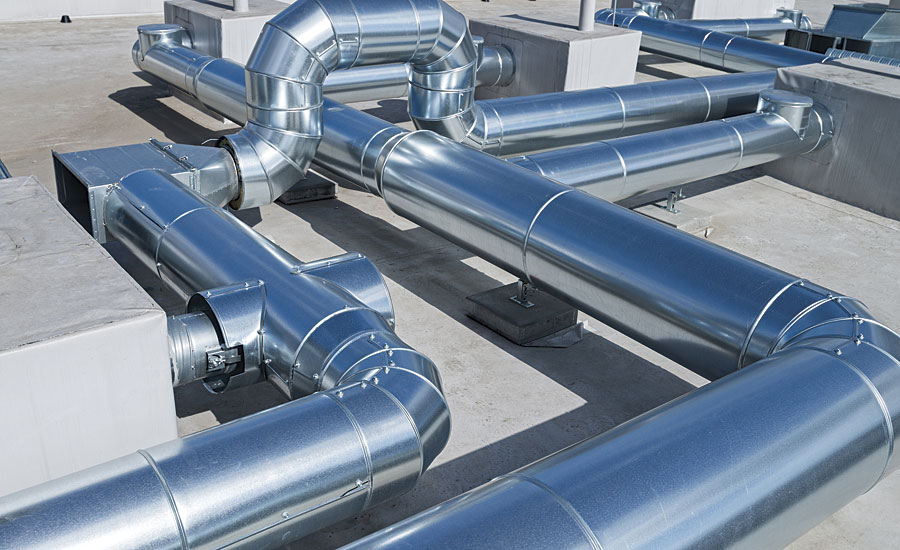
FIGURE 6 » Formable sheet metal steel is the substrate of choice for commercial, industrial and institutional HVAC system ducting.
For economy of operation, a percentage of interior air may be recirculated through HVAC ducting systems in large and/or multistory building structures, often with limited or no means of any widow or portal opening for access to outdoor air environment. Roof-top water-cooled evaporating towers may also be employed for rapid cooling of high volumes of air. Cooling of warm and moist humid air to below the temperature-humidity dew point results in condensation of water - fog or clouds outdoors and indoors - water droplets condensing inside HVAC sheet metal ducting work. Submicron-size airborne particles aid in water droplet nucleation.
Standing stagnant water, especially in environs where lack of UV exposure from bright sunlight over long periods of time, creates a rich breeding ground for pathogenic bacterium. Tuberculosis is the most common bacterium disease - Mycobacterium tuberculosis. Other pathogenic bacteria cause infections such as tetanus, diphtheria or typhoid fever, foodborne illnesses from salmonella and lung inflammation resulting in pneumonia from streptococcus, pseudomonas and most notably legionella. Milder strains of legionella bacterium result in flu-like symptoms of Pontiac Fever, while more severe strains infecting the elderly or persons with severely weakened immune systems from smoking, cancer treatment and/or HIV are likely to succumb without aggressive antibiotic treatment, but often result in life-long quality of life issues from Legionnaires’ disease.
The top three causes of death in the United States are from heart attacks, cancers and hospital-acquired infections. UV cationic coatings represent an ideal delivery transport mechanism for new pathogen inhibition and biocidal efficacy technologies as broad range deterrents to bacterial, fungal, parasitic, prionic and viral pathogen infections, communicating the deterrents to pathogens in a manner adapted to render them, inhibited and/or dead.
Through UV cationic coating engagement of pathogen deterrents upon deep draw steels, the author believes validation efficacy CFU/ml R values of 6+ may be achieved for recalcitrant pathogens common, but not limited to CDI, HAI, MSRA, TSE and VRE domains in contact times of as little as 30 seconds for HVAC system ducting and other formable sheet metal uses, including precoated deep draw steels where cross contamination communication of deadly pathogens may be rendered inhibited and/or dead.
Conclusion
UV cationic coatings present a viable and attractive option to OEMs, sheet metal mills and formable sheet metal fabricators for precoated deep draw steels to present-day conventional sheet metal forming, bending, stamping and/or fabrication operations that require secondary conventional industrial conformal coatings processing, as well as an effective delivery transport mechanism for new pathogen inhibition and biocidal efficacy technologies.
The author wishes to thank UV Specialties, LLC of St. Charles, Illinois, and Mr. Dewy Mason, Technical Director, for his contributions.
References
1 AK Steel Corporation, West Chester, Ohio
2 Sydsvenska Kemi AB, Sweden
3 Sydsvenska Kemi AB, Sweden
4 Can-Am Engineered Products, Inc., Livonia, Michigan
Looking for a reprint of this article?
From high-res PDFs to custom plaques, order your copy today!







